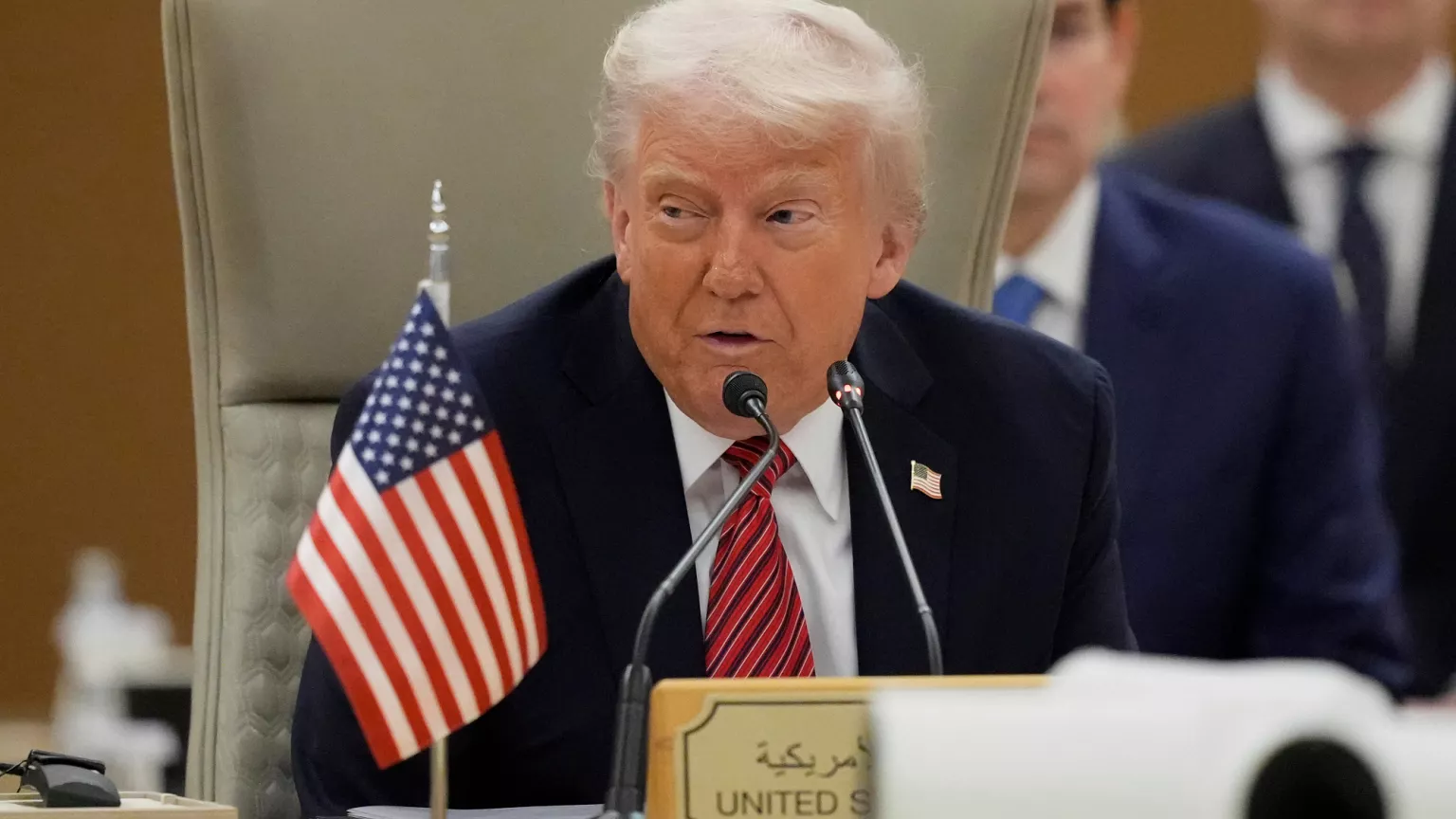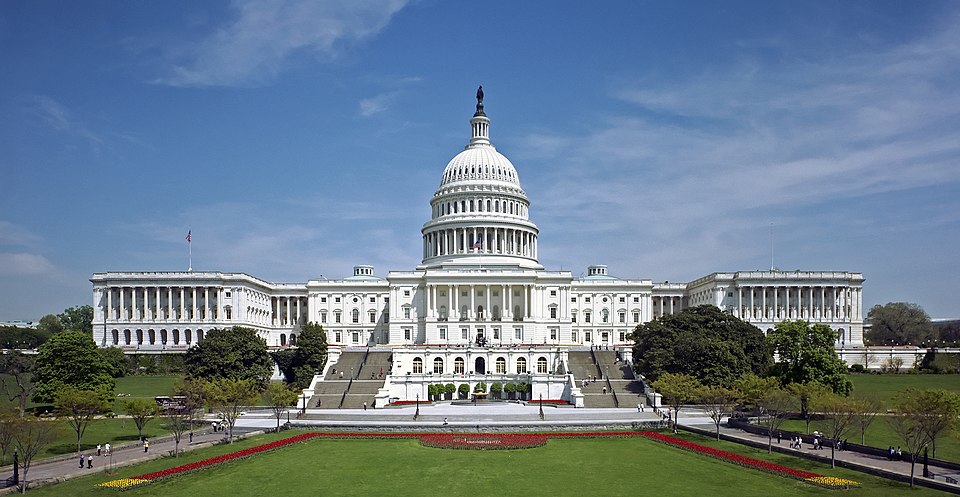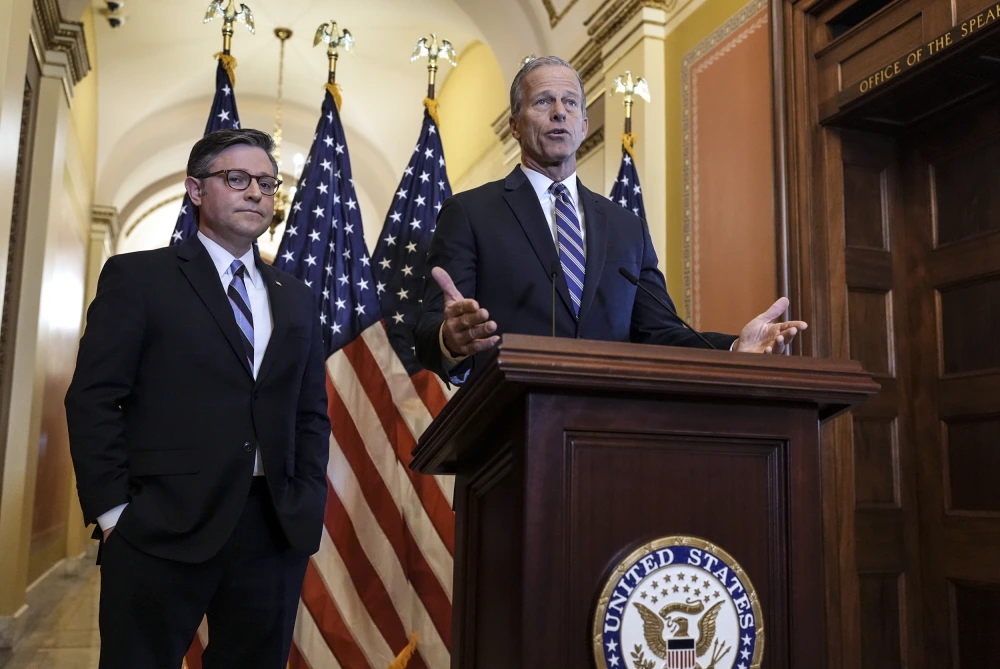The Trump administration is reigniting its focus on trade, pushing for new deals and reviving tariffs in a bid to reshape the U.S.’s position in the global economy. The approach emphasizes quick negotiations and a readiness to impose economic penalties if terms aren’t met.
Recently, President Trump announced a sharp increase in tariffs on imported steel and aluminum, doubling previous rates. The justification? National security and a desire to protect American manufacturing. However, critics warn that this could raise costs for consumers and businesses alike.
At the same time, trade tensions with China have escalated again. The U.S. claims that China has failed to meet export commitments under a recent agreement, especially regarding rare-earth materials vital to technology and defense sectors.
The White House accuses Beijing of backtracking on a 90-day truce that temporarily eased tariffs earlier this year. In response, the administration is considering harsher trade restrictions and the reinstatement of previous duties.
Countries worldwide are feeling the pressure. The U.S. has asked trading partners to submit their best offers quickly—implying that those who don’t comply could face tariffs. This strategy is aimed at cutting trade deficits and securing better terms for American exports.
One area showing signs of progress is India. Officials from both countries are working toward a trade deal that could reduce agricultural tariffs, open markets for American goods, and strengthen defense ties. The close rapport between Trump and Indian Prime Minister Narendra Modi appears to be aiding negotiations.
Meanwhile, relationships with neighboring Canada and Mexico have cooled. The U.S. has applied broad tariffs on goods from both countries, citing trade imbalances and border concerns. Canada responded with its own tariffs, further complicating cross-border commerce.
Domestically, some of the administration’s trade actions are facing legal resistance. Courts are reviewing whether certain tariffs were lawfully imposed, introducing a layer of uncertainty for American companies.
Despite the legal challenges and global backlash, the Trump administration remains committed to its “America First” trade strategy. The coming months could reshape not only U.S. trade relationships but also the economic stability of key industries around the world.



